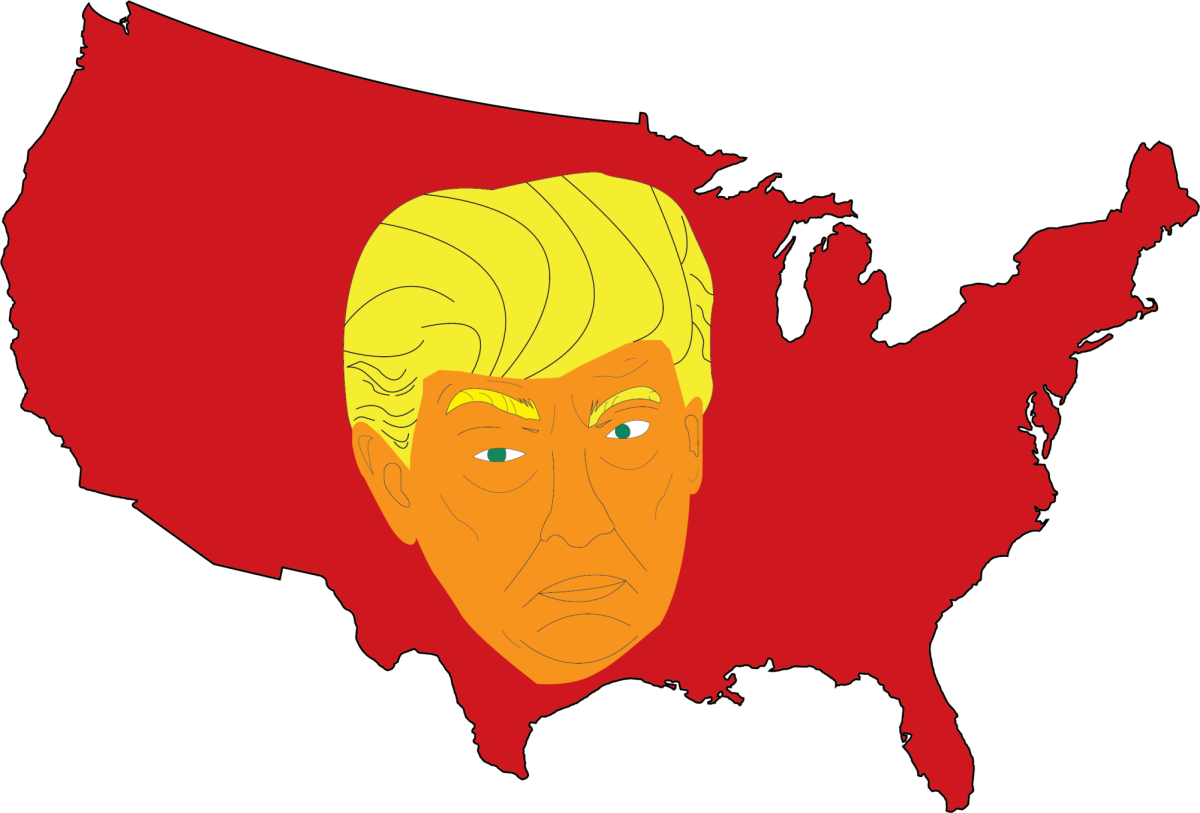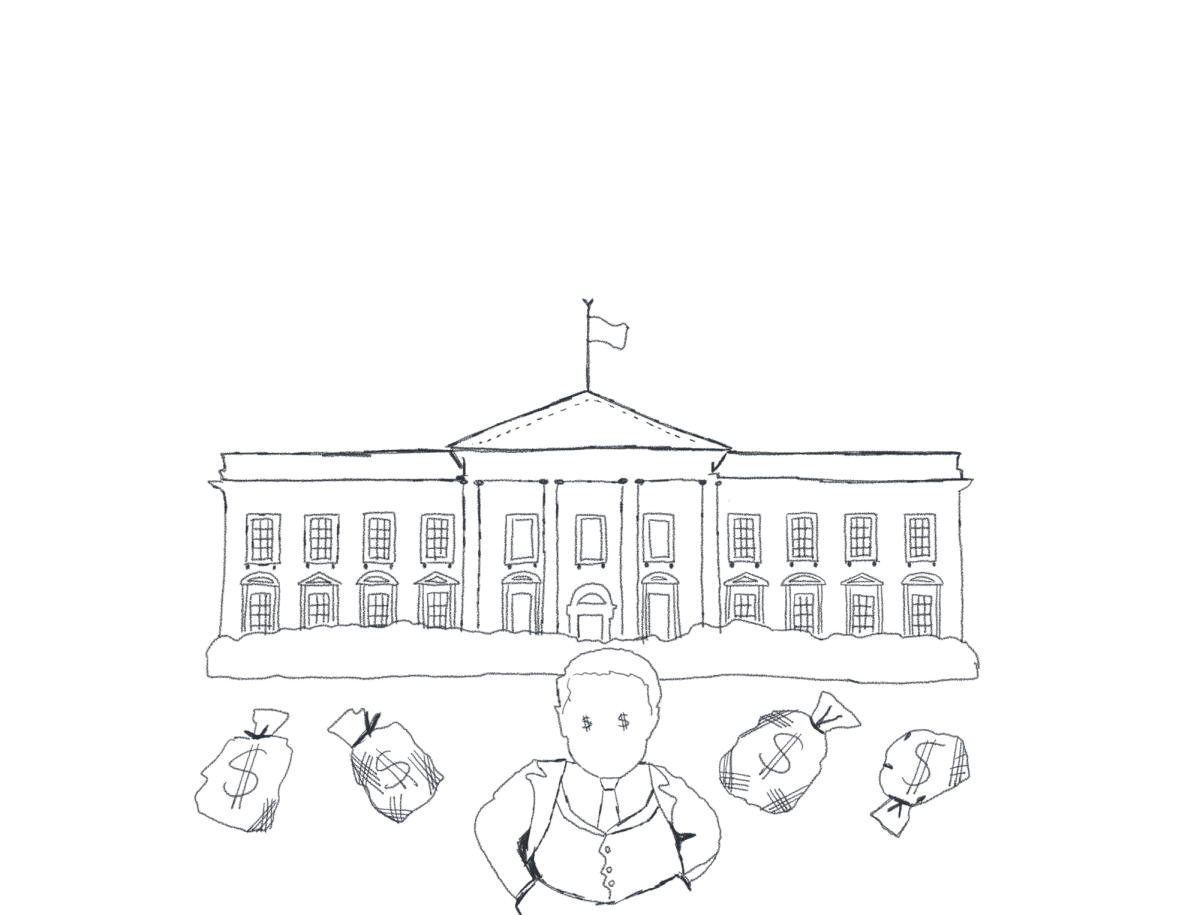As President Donald Trump reaches three months into his second term, tariffs have emerged as his preferred method of boosting the American economy and influencing foreign relations. The tariffs are a tool President Trump has proposed to pressure other countries such as for minimizing the fentanyl, a deadly drug, that enters U.S. soil, according to PBS.
A fact sheet released by the White House on Feb. 1 explained that the U.S. federal government found that due to an influx of drugs, such as fentanyl, tariffs are a method of improving the well-being of Americans. Accordingly, President Trump imposed a 25% tariff on Mexico and Canada, along with 10% tariffs on China until the fentanyl crisis has been resolved, according to the White House press release on tariffs. Additionally, he intends to use this protectionist tariff policy to end the $100 billion U.S. trade deficit. Jonas Gamso, an assistant professor of international trade and global studies at Arizona State University, explained that tariffs are a tax on imported goods to incentivize customers to buy from U.S. producers.
“Imagine that I am looking to buy tomatoes for my grocery store based in California, and I have two options: pay $1 per pound for tomatoes from Mexico or $1.20 per pound for tomatoes from Arizona,” Gamso said. “Of course, I will buy them from Mexico to save myself 20 cents per pound. But if the US puts a 25% tariff on imports from Mexico, then the cost to import Mexican tomatoes rises, and they may end up selling for around $1.25 per pound. Suddenly, it makes more sense for me to buy the Arizona-grown tomatoes.”
While tariffs have been high at points in U.S. history, especially in the early 1900s, they fell sharply in the 1940s as the U.S. moved towards more open trade policies, according to Gamso. Now, Gamso thinks that the Trump administration is attempting to win over voters by lowering the trade deficit, which occurs when the value of a country’s imports exceeds the value of its exports, according to Investopedia.
“Tariffs produce ‘winners’ and ‘losers,’” Gamso said. “Tariffs create more ‘losers’ than ‘winners’ because while they protect certain industries, they also lead to higher prices for consumers and potential job losses in export-dependent industries”
LASA senior Ben Levy, president of LASA Model U.N., finds that Model U.N. gives students opportunities to understand government perspectives when making crucial decisions, offering chances to understand the changes the U.S. is attempting to make with tariffs. Levy believes that Canada and Mexico will back down and work to stop the flow of migrants who may assist in the fentanyl trade, as well as the 86.4% of fentanyl smugglers who are U.S. citizens, according to the U.S. Sentencing Commission
“In these simulations, just like in real life, tariffs are a tool for governments to get what they want,” Levy said. “[Trump’s] intention is to try to strengthen America’s ability to put pressure on its neighbors so that the United States will be able to, whenever it needs to do something, be able to extort Canada and extort Mexico.”
Similarly, tariffs, Levy argued, may help American producers by putting more emphasis on their produced items. Although this is a possible solution, Levy still believes tariffs will bring possible consequences, such as inflation, that will still harm some American companies and the U.S.’s global standing.
“It is alleged by some countries like China, that what the U.S. is doing is illegal,” Levy said. “Also [these tariffs] show that the U.S. is willing to do things that hurt its allies for its own gain. While every country knew this, now they’ve seen it firsthand, and they know that it’s going to happen.”
LASA sophomore Shaan Kassam is a dual citizen of the U.S. and Canada and believes that this approach to stopping drugs is flawed. With only 1% of illegal narcotics in the US coming from Canada, he sees no reason for tariffs.
“More drugs per capita come into Canada from the U.S.,” Kassam said. “And if you want to talk about marijuana, marijuana is legal in many American states. If you want to get marijuana into a state that doesn’t legalize it, it’s easier just to get it from California, then import it through an international checkpoint.”
Kassam explained that the tariffs are going to harm both the Canadian and U.S. economy. After the signing of the U.S.-Mexico-Canada Agreement, which allows for free trade between the countries, the majority of Canada’s imports have come from the U.S. Similarly, the majority of Canada’s exports are to the U.S., which supplies America with large quantities of lumber and oil, according to the Observatory of Economic Complexity, an online trade database.
“What we are seeing right now is what we have been able to achieve,” Kassam said. “Canada’s economy and America’s economy is so great because we have this free trade agreement, and to a lesser extent, Mexico also contributes to this.”






